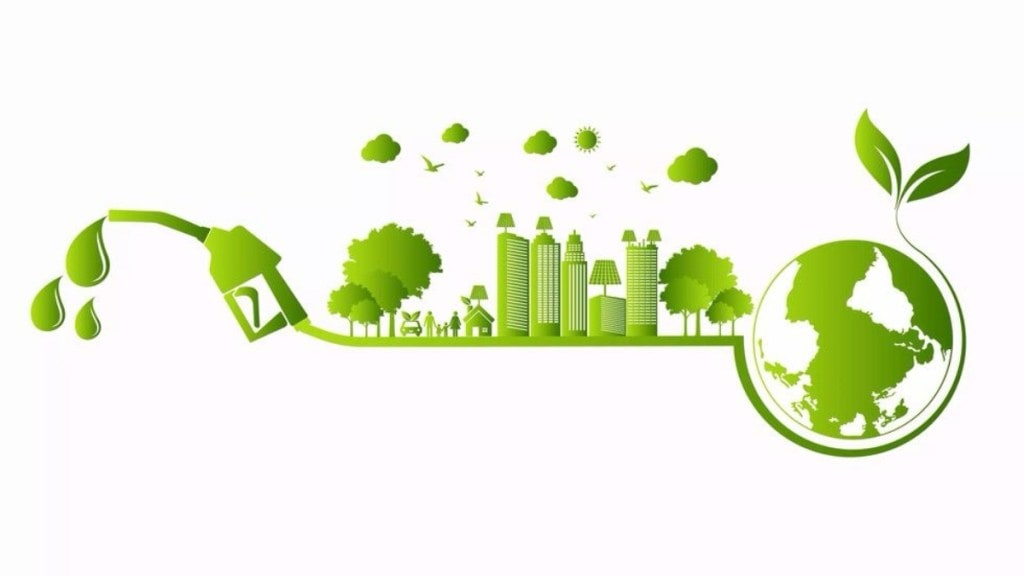As India strides toward a sustainable energy future, grain-based ethanol has emerged as a pivotal component of the country’s clean energy transition. With the global energy landscape marked by volatility and the urgent need to reduce carbon emissions, biofuels like ethanol are playing a critical role in India’s efforts to enhance energy security and promote environmental sustainability. Here’s what you need to know about grain-based ethanol and its significance in India’s energy strategy.
What Is Grain-Based Ethanol?
Grain-based ethanol is a biofuel produced from grains such as maize (corn), rice, and other cereals. Unlike traditional ethanol production, which relies on molasses—a by-product of sugarcane—grain-based ethanol utilizes surplus or damaged grains that are unfit for human consumption. This shift not only diversifies the raw material base for ethanol production but also optimizes the use of agricultural resources.
India’s Ethanol Blending Program: A Game-Changer
India’s Ethanol Blended Petrol (EBP) Program aims to achieve 20% ethanol blending in petrol by 2025. This ambitious target is part of the government’s broader strategy to reduce dependence on fossil fuels, cut carbon emissions, and bolster energy security. According to the OECD-FAO Agricultural Outlook, global demand for biofuels is increasingly shifting toward emerging economies, with India poised to lead this transition.
From Sugar to Grain: A Strategic Shift
Traditionally, India’s ethanol production has been dominated by molasses from the sugar industry. However, the focus has now expanded to include grain-based ethanol, driven by several factors:
Lower Water Consumption: Grain-based ethanol production requires significantly less water compared to sugarcane-based ethanol.
Utilisation of Surplus Grains: The process uses surplus or damaged grains that would otherwise go to waste, ensuring better resource utilization.
Diversification of Feedstock: Reducing reliance on sugarcane mitigates risks associated with fluctuating sugar production.
The results of this shift are striking. Between 2018-2019 and 2021-2022, procurement of grain-based ethanol by Public Sector Oil Marketing Companies surged from 9.51 crore liters to 70.21 crore liters. By 2023-2024, grain-based ethanol accounted for 51% of total ethanol production, with maize alone contributing 110.87 crore liters.
Dispelling Myths: Ethanol and Food Security
A common concern is whether diverting grains for ethanol production threatens food security. However, data from the Department of Agriculture & Farmers Welfare refutes this claim:
Surplus Production: India’s annual cereal production stands at approximately 3,000 lakh tonnes, while domestic consumption is around 2,000 lakh tonnes. This surplus ensures ample grain for both consumption and ethanol production.
Use of Non-Food Grains: Grain-based ethanol primarily utilizes surplus and damaged grains, which are unfit for human consumption. This approach minimizes waste and does not compromise food availability.
Export Capacity: India is a net exporter of cereals, with rice exports alone reaching 164 lakh tonnes in 2023-24, accounting for 12% of total production.
Will Ethanol Production Encroach on Farmland?
Another misconception is that ethanol production could displace land used for food crops. However, agricultural data shows that India’s total cropped area has expanded from 201.18 million hectares in 2021-22 to 219.16 million hectares in 2023-24. This growth has allowed for increased cultivation of both food and non-food crops:
Maize Cultivation: The area under maize cultivation has grown from 96 lakh hectares in 2019-20 to 112.41 lakh hectares in 2023-24, without compromising the cultivation of essential food crops like rice, wheat, and oilseeds.
Coexistence of Crops: The expansion of maize cultivation for ethanol has occurred alongside steady growth in food grain production, ensuring a balanced agricultural ecosystem.
Strategic Benefits of Grain-Based Ethanol
Energy Security: By reducing reliance on imported crude oil, ethanol blending is expected to save India an estimated INR 40,000 crore annually.
Environmental Impact: Achieving the 20% ethanol blending target could reduce carbon emissions by approximately 10 million tonnes annually, contributing to India’s climate goals.
Rural Economic Growth: Ethanol production creates new revenue streams for farmers, stabilizes grain prices, and reduces post-harvest losses, fostering rural prosperity.
The Road Ahead: Ending the Food vs. Fuel Debate
The narrative that pits food security against ethanol production is outdated. India’s agricultural surplus and strategic use of non-food grains for ethanol production demonstrate that the two objectives are not mutually exclusive. By leveraging surplus grains, India can simultaneously ensure food security, promote rural economic growth, and advance its clean energy agenda.
Grain-based ethanol is not just a fuel—it’s a catalyst for India’s sustainable development. As the country moves closer to its 20% ethanol blending target, the focus must remain on data-driven policies, efficient resource utilization, and dispelling myths to unlock the full potential of this transformative energy source.
In conclusion, grain-based ethanol represents a win-win solution for India’s energy, environmental, and economic challenges. By embracing this innovation, India is paving the way for a greener, more self-reliant future.
